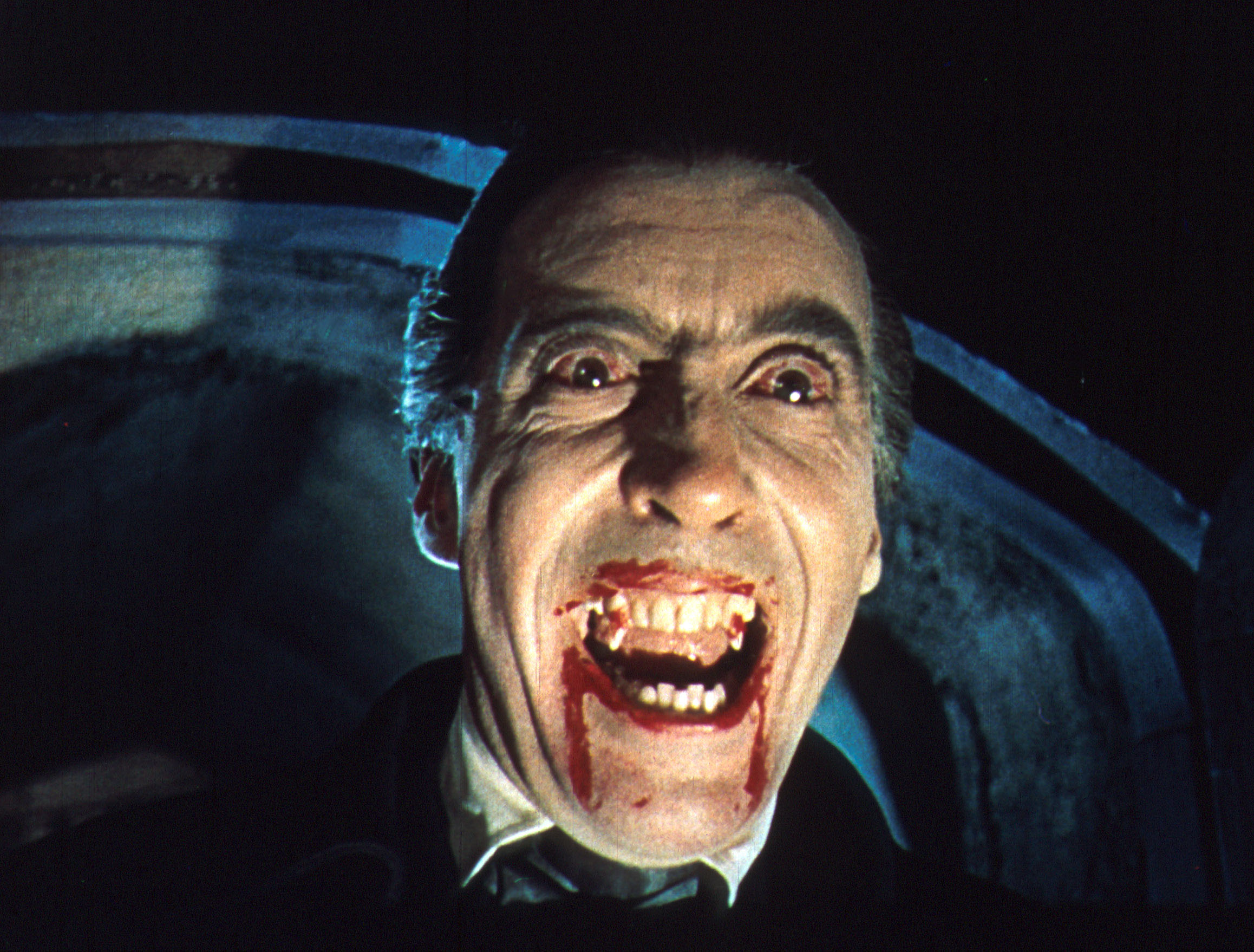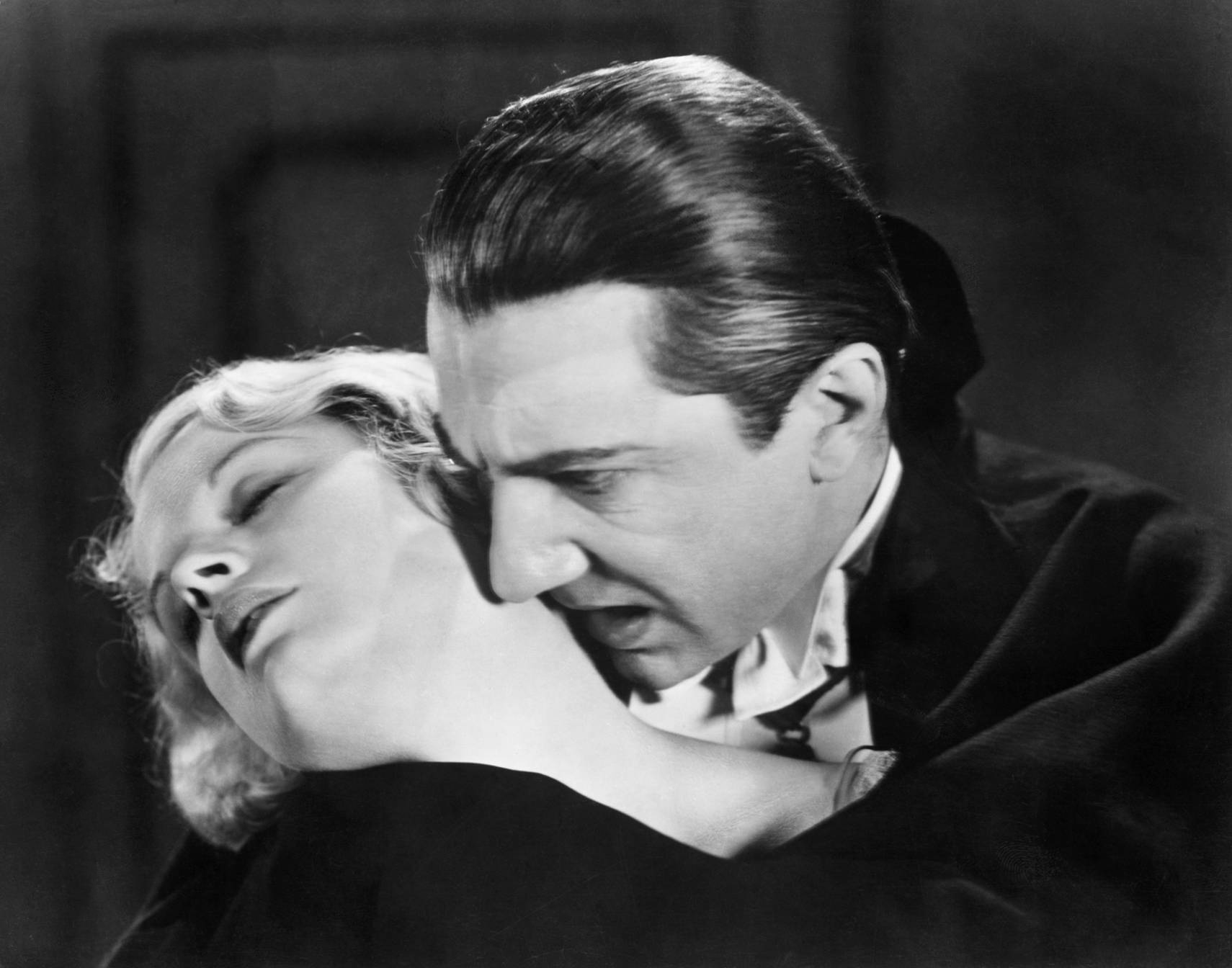 |
| Source |
Vampires, werewolves, zombies. ghosts, Frankenstein's monster... all of these - and others - have remained as pretty consistent staples of the supernatural and horror genres for centuries, and have undergone a lot of image changes in that time. They've been portrayed as villains, heroes, antiheroes, complex in-between protagonists and lovable children's characters. Proving reluctant to stay within the horror genre, they've crossed the boundaries into comedy, romance, urban fantasy, cartoons, sci-fi and any manner of media.
 |
| Pop culture monsters... from SPACE! Doctor Who sees the werewolf cross over into the sci-fi sphere. Source |
The monsters that we know and love today often bear little resemblance to their prototype models. The titular scientist's creation in Mary Shelley's Frankenstein, for example, was a well-spoken, philosophically inclined tragic antihero, far removed from the lurching Boris Karloff figure we picture nowadays. The vampire of early folk traditions was inconsistently pictured as a bloated, red-faced, batlike figure with a sharp snout in place of a nose, although accounts vary based on tradition and geographical location. The monster became the basis of a superstition that led to widespread panic as corpses were staked and individuals accused of vampirism. Werewolves share a similar history, dating back to oral traditions and folky superstitions. It has been suggested that such monsters were used as an explanation for the serial killer, since it was believed that no human would be capable of committing crimes so unspeakable.
 |
| Bela Lugosi as Count Dracula. Source |
The image of the suave, seductive, aristocratic vampire we know today originated in 1819 with Lord Ruthven, the Byronic protagonist of John William Polidori's novel The Vampyre, setting the scene for vampire fiction to come. James Malcolm Rymer's 1845 serial Varney the Vampire gave us a somewhat more angsty, sympathetic vampire with fangs, hypnotic powers, superhuman strength and a hatred of what he's become (but who is, nevertheless, a slave to his monstruous nature.) Later in 1897, Bram Stoker's Dracula further cemented the image of the vampire as a refined aristocratic figure disguising an inner corruption, and a distinctly sexual menace. But even the villain of Stoker's novel bears little resemblance to the debonair gent we picture today; described as sporting pointy ears, a hooked nose and a long, white moustache. Then in 1922, Bela Lugosi's cinematic depiction of the titular Dracula codified the image of the classic Hammer Horror vampire.
Stoker's novel gives us a strong insight into rigid Victorian notions of propriety and the perception of female sexuality as a threat. Part of Dracula's menace lies in his potential to turn proper upper-class Victorian ladies - portrayed as caricatures of virtue - into sexually voracious creatures of the night, driven by their desires. The themes of modern medicine, scientific developments and the drastic upheaval of the changing century also provide motifs throughout the story. Whilst modern methods fall flat in their attempt to heal the vampire's victims, Van Helsing's open-mindedness towards folk remedies and ancient hearsay proves much more effective. The novel overall provides a window into its time period - one of shifting values and advancing technological developments. By then, the 'sexy vampire' image had stuck, and endured through the ages, continuing to stick around today.
 |
| Source |
Nowadays, the 'zombie apocalypse' continues to be a well-loved genre, with its pervasive themes of a society broken down by a pandemic, the terror of a threat that can't be reasoned with or fought against, the desperate need to hold on to one's humanity as the enemy threatens to take it away and, on the flipside, the escapist element of a world in which one can simply grab the nearest weapon to hand and run amok, often accompanied by a ragtag group of companions, to wreak havoc with the ultimate goal of survival.
 |
| Source |
 |
| BBC3's Being Human saw the undead doing their best to blend in with the human society around them. Source |
We've seen a shift in recent pop culture from the portrayal of the undead as villains to heroes, antiheroes, and complex, humanized protagonists. The theme of the undead as a demographic doing their best to fit in and navigate a human society crops up in numerous franchises. Stephenie Meyer's infamous Twilight series springs to mind as an example, with her depiction of vampires as socially-reformed sympathetic protagonists who strive to reject their monstrous nature, whilst shows such as HBO series True Blood and BBC Three show In The Flesh depict their version of the undead (vampires and zombies, respectively) as stand-ins for socially marginalized groups, therefore touching on contemporary themes of social stigma and discrimination. How well the comparison works varies from show to show, and dependent on personal opinion, since it's debatable how much actual resemblance the undead bear to real-life disenfranchised groups. Other fantasy franchises such as Terry Pratchett's Discworld series took a more comedic view of the theme of undead characters navigating a fantasy society in which their identities are stigmatized.
 |
| Zombie love: Shows like In The Flesh prove that vampires and werewolves aren't the only ones to get a romantic subplot. Source |
So what does the future have in store for the pop culture monster? Vampires have managed to retain their sexual connotations; both in benign and more threatening capacities, with werewolves occasionally getting to compete for the love interest, and even zombies are getting a look-in as romantic protagonists, with media such as the 2013 film Warm bodies and In The Flesh dealing with a more sentient variety of the undead. On the other hand, the continuing success of US serial The Walking Dead indicates that the more traditional zombie virus narrative is also still going strong.
Undoubtedly our monsters will continue to reflect more insidious social themes as they develop in the future. How they will manifest themselves is anyone's guess, but there's no doubt that they will carry on making their mark on popular culture as the years go by. They consistently carry some enduring motifs - the pandemic, our fear of mortality, what it means to be human, the monster as social outcast. The undead continue to move ahead with the times as the society in which they're portrayed continues to change, but the image of the more classic monster continues to endure overtime.
No comments:
Post a Comment